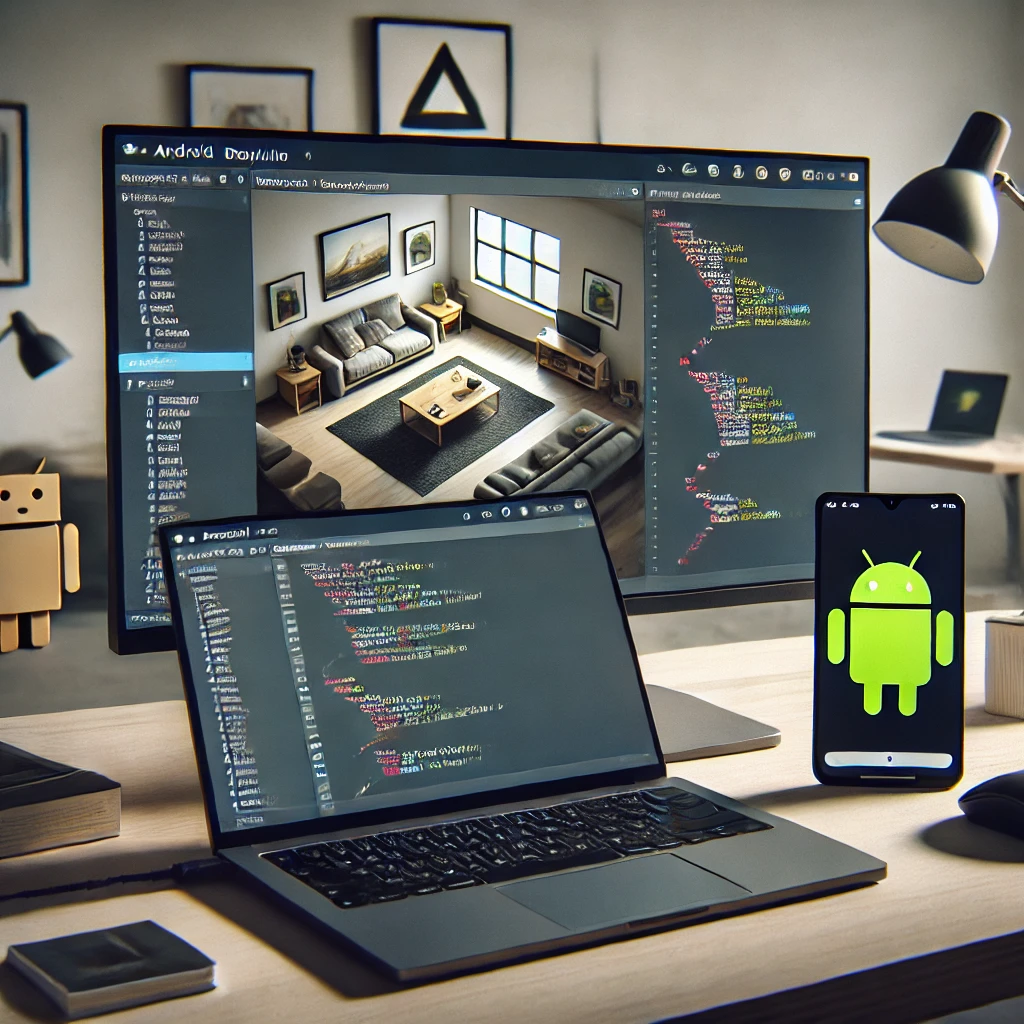Carpaccio is an innovative framework for Android that focuses on making data mapping and view management simpler and more efficient. It provides a smarter way for developers to handle view operations and bind data within their Android applications. By reducing the need for extensive custom view classes, Carpaccio streamlines the development process, making it easier to create dynamic and responsive applications.
What Makes Carpaccio Unique?
At its core, Carpaccio allows views in an Android application to directly trigger functions. This changes the traditional approach where developers typically extend views to include custom behavior. Instead of managing extensive boilerplate code, developers can rely on Carpaccio’s powerful mapping engine to handle data binding and view interactions seamlessly.
Key Components of Carpaccio
1. Data Mapping Engine
The data mapping engine is Carpaccio’s cornerstone. It enables developers to bind objects or lists directly to views without writing redundant code. This simplifies the process of updating views dynamically, especially when working with complex datasets.
For example, instead of manually setting a user’s name or profile picture on multiple views, you can map the user object to these views using Carpaccio.
2. View Controllers
Carpaccio includes several predefined controllers that enhance the functionality of standard Android views such as TextView, ImageView, and RecyclerView. These controllers come with built-in capabilities:
- TextViewController: Helps customize text views, set custom fonts, or bind dynamic text values.
- ImageViewController: Enables loading images from URLs, applying filters, and setting default images.
- RecyclerViewController: Allows seamless integration of lists with RecyclerViews, making it easier to handle dynamic data collections.
3. RecyclerView Support
RecyclerView is an essential part of most modern Android applications, especially when displaying lists of data. Carpaccio simplifies RecyclerView integration by allowing developers to map lists directly to the RecyclerView. This reduces the effort required to set up adapters and view holders manually.
How to Use Carpaccio in Your Android Project
To start using Carpaccio, you’ll need to include it in your project. Here’s how:
Adding Carpaccio to Your Project
First, add the Carpaccio dependency to your project’s build.gradle file:
groovyimplementation 'com.github.florent37:carpaccio:latest_version'
Setting Up Views in XML
You can use Carpaccio in your XML layout by defining a Carpaccio view and registering controllers for specific view types:
xml<com.github.florent37.carpaccio.Carpaccio
android:id="@+id/carpaccio"
android:layout_width="match_parent"
android:layout_height="match_parent"
app:register="com.github.florent37.carpaccio.controllers.ImageViewController;
com.github.florent37.carpaccio.controllers.TextViewController">
<ImageView
android:layout_width="match_parent"
android:layout_height="200dp"
android:scaleType="centerCrop"
android:tag="url(https://example.com/image.jpg)" />
<TextView
android:layout_width="match_parent"
android:layout_height="wrap_content"
android:textSize="18sp"
android:tag="font(Roboto-Regular.ttf); setText($user.name);" />
</com.github.florent37.carpaccio.Carpaccio>
Binding Data in Code
Once your layout is ready, you can bind data to the views using Carpaccio’s mapObject method:
javaCarpaccio carpaccio = findViewById(R.id.carpaccio);
User user = new User("John Doe", "https://example.com/profile.jpg");
carpaccio.mapObject("user", user);
In this example, the user’s name and profile image are automatically displayed in the corresponding TextView and ImageView.
Benefits of Using Carpaccio
1. Simplified Codebase
Carpaccio minimizes the need for custom view classes, resulting in a cleaner and more maintainable codebase. This is particularly useful for larger projects with multiple developers.
2. Enhanced Productivity
With features like automatic data binding and predefined view controllers, developers can focus on building core features rather than writing repetitive boilerplate code.
3. Better Collaboration Between Teams
Carpaccio makes it easier for designers and developers to work together. Designers can define dynamic views without waiting for developers to implement complex custom views.
Practical Example: Creating a User Profile Page
Let’s look at a practical example where Carpaccio is used to build a user profile page.
Layout XML
xml<com.github.florent37.carpaccio.Carpaccio
android:id="@+id/carpaccio"
android:layout_width="match_parent"
android:layout_height="match_parent"
app:register="com.github.florent37.carpaccio.controllers.ImageViewController;
com.github.florent37.carpaccio.controllers.TextViewController">
<ImageView
android:id="@+id/profile_image"
android:layout_width="100dp"
android:layout_height="100dp"
android:tag="url($user.profileImageUrl)" />
<TextView
android:id="@+id/user_name"
android:layout_width="wrap_content"
android:layout_height="wrap_content"
android:tag="setText($user.name)" />
</com.github.florent37.carpaccio.Carpaccio>
Java Code
javaCarpaccio carpaccio = findViewById(R.id.carpaccio);
User user = new User("Jane Smith", "https://example.com/jane.jpg");
carpaccio.mapObject("user", user);
In this scenario, the user’s profile picture and name are dynamically displayed on the screen with minimal code.
Importance of Data Mapping for SEO and User Experience
Carpaccio’s efficient data mapping doesn’t just improve app performance; it can also play a role in enhancing technical SEO. While SEO is traditionally associated with web platforms, modern apps with embedded web content or functionalities, like SEO Google Maps, benefit from better data handling to optimize their visibility.
For agencies providing technical SEO services, ensuring seamless data integration between applications and web platforms becomes crucial. Carpaccio can help streamline this process by offering a consistent way to manage and display data across different views.
Final Thoughts
Carpaccio is a powerful tool for Android developers, simplifying data mapping and view management. Its ability to reduce boilerplate code, combined with its robust integration features, makes it an excellent choice for modern Android development. Whether you’re building a simple app or a complex enterprise solution, Carpaccio can help streamline your workflow and improve the overall development experience.







